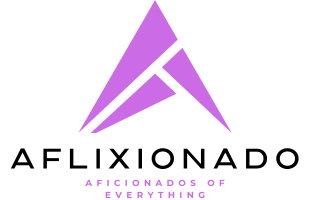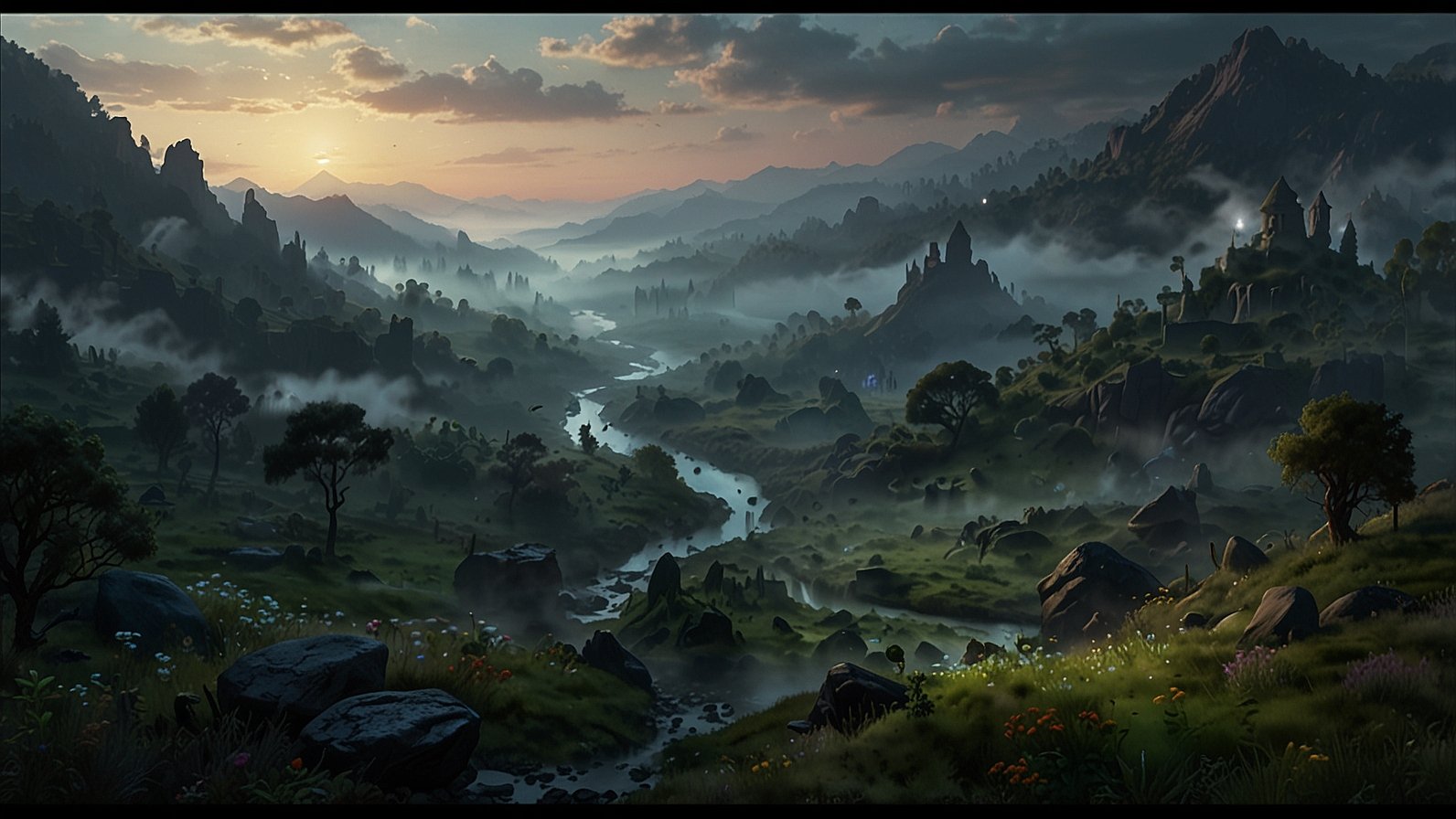Have you ever watched a sprawling fantasy epic or gotten lost in a sci-fi novel and wondered, “How did they create something so detailed and believable?” The secret often lies in a foundational concept, a seed from which entire universes grow. This is where the power of a framework like Pernithia Galnith comes into play. It’s not just a name; it’s a methodology for creators, writers, and worldbuilders to craft coherent, immersive, and utterly original fictional settings. Let’s dive into what makes this approach so effective and how you can use it for your next big project.
What Exactly is Pernithia Galnith?
Think of Pernithia Galnith not as a pre-built world, but as a set of architectural blueprints. You wouldn’t start building a house without a plan for the foundation, wiring, and plumbing, right? The same goes for building a fictional realm. This concept provides the structural integrity your world needs to feel real to your audience.
At its core, it’s a holistic framework that ensures every element of your world connects and makes sense. It pushes you to move beyond a cool map or a unique magic system and consider how those things affect the society, economy, and daily life of the people within it.
The Three Pillars of the Framework:
- Internal Consistency: The rules of your world must be logical and stable. If magic drains a user’s life force, that should have profound societal consequences (e.g., a short life expectancy for mages, a ruling class that forces others to cast spells).
- Cultural Osmosis: How does the environment shape the culture? A people living on floating islands will have vastly different traditions, myths, and technologies than a civilization in a subterranean desert.
- Cause and Effect: Every historical event, technological discovery, or magical catastrophe should have a clear ripple effect through time, influencing the present state of your world.
Why Pernithia Galnith is a Game-Changer for Creators
Why should you consider this approach over just making things up as you go? The benefits are massive, whether you’re writing a novel, designing a game, or developing a brand story.
It Creates Instant Depth and Believability.
Audiences are savvy. They can spot a thin, poorly constructed world from a mile away. Using a structured method like Pernithia Galnith ensures you’ve thought about the nuances. This depth makes fans want to explore every corner of your creation, much like how Tolkien’s followers study Middle-earth’s languages and histories.
It Solves Writer’s Block Forever.
Stuck on a plot point? Look at your world’s framework. The constraints and rules you’ve established can generate plot ideas. A character needs to get from Point A to Point B. If your world has a treacherous, monster-filled forest and a strict guild that controls airship travel, the journey itself becomes a central conflict, born directly from your world’s rules.
It’s Your Secret Weapon for SEO and Content.
For digital creators, a well-defined world is a content goldmine. You can create:
- In-World Blogs: “A Traveler’s Guide to the Northern Wastes of Pernithia.”
- Character Profiles: Deep dives into key figures.
- Lore Explainer Videos: Breaking down the history of the Galnith Wars.
- Interactive Maps: A clickable journey through your universe.
This content attracts a dedicated community and gives you endless material to rank for long-tail keywords related to your project.
How to Build Your Own “Pernithia Galnith” in 5 Steps
Ready to build? You don’t need to start from scratch. Follow this practical guide to apply the principles yourself.
1. Define Your Core Paradox.
Every memorable world has a central tension. Is it technology vs. nature? Order vs. chaos? Magic vs. faith? For example, Blade Runner’s core paradox is humanity vs. replicants—what does it mean to be human? This single idea informs every aspect of its world.
2. Map the Environment (Then Reverse-Engineer the Culture).
Draw a map. Place mountains, rivers, oceans, and deserts. Now, think logically. A city on a river delta will be a trade hub. A mountain tribe will be insular and hardy. Their resources dictate their economy, which dictates their social structure. This is Cultural Osmosis in action.
3. Establish the Rules of Power.
What is the source of power or advancement in your world? Is it a magic system like in Avatar: The Last Airbender, a technological one like in The Expanse, or something else? Crucially, define its limits and costs. Power without limitation is boring and removes stakes.
Table: Power System Comparison
| Feature | Hard Magic (e.g., Brandon Sanderson’s Mistborn) | Soft Magic (e.g., The Lord of the Rings) | Technology (e.g., The Mandalorian) |
|---|---|---|---|
| Rules | Defined, predictable, learnable | Mysterious, unexplainable | Based on (fictional) science |
| Cost | Clear physical/mental strain | Often moral or spiritual cost | Resources, fuel, expertise |
| Narrative Use | Solving problems precisely | Creating wonder and atmosphere | Enabling adventure and conflict |
4. Write a Brief History.
You don’t need a thousand-year timeline. Outline 3-5 major historical events that led from the “old world” to the current status quo. A great plague, a lost war, the discovery of a new energy source—these events create the scars and traditions your characters live with.
5. Focus on the Mundane.
Finally, ask the simple questions. What do people eat? What do they do for fun? What does money look like? How do they get news? Answering these makes a world feel lived-in. The attention to mundane detail in shows like The Witcher is what makes them feel authentic.
Bringing Your World to Life and Engaging Your Audience
Your framework is built. Now it’s time to populate it and share it. Introduce characters who are products of their environment. A thief from the polluted, industrial lower city will have a completely different worldview than a scholar from the pristine spire universities.
Share pieces of your world and encourage participation. Post a map on Reddit and ask for name suggestions for a forgotten forest. Run a poll on X (Twitter) about which faction your followers align with. This turns passive consumers into active community members, fueling your creativity and their investment.
Your 5-Step Plan to Launch a Fictional Universe
Building a world can feel daunting, but you can start small. Here’s how to begin today:
- Brainstorm Your Core Idea: Jot down one sentence that describes your world’s unique hook.
- Sketch a Rough Map: Don’t aim for art—just define relationships between places.
- Create One Rule of Power: Define one clear, simple rule with a tangible cost.
- Design a Single Character: Place one person in this world and describe their daily life.
- Share One Snippet: Post a short paragraph about your character or world online and ask for feedback.
The journey of a thousand miles begins with a single step. Your Pernithia Galnith is waiting to be discovered. What’s the first world you’re going to build?
You May Also Read: Tia Morita: Mapping LA’s Future, One Community Project at a Time
FAQs
Is Pernithia Galnith a real place or a person from history?
No. It’s important to clarify that Pernithia Galnith is presented here as a branded fictional framework and creative methodology. It is not based on any established historical, biological, or personal entity.
Do I need to be an expert writer or artist to use this?
Not at all! The framework is designed for anyone with an idea, from seasoned novelists to tabletop game masters and hobbyists. It’s about structured thinking, not innate talent.
How is this different from other worldbuilding advice?
While many resources offer tips, the Pernithia Galnith concept emphasizes a holistic, interconnected approach. The focus on “Cultural Osmosis” and using environmental design to inform culture is a key differentiator that ensures a deeply logical and immersive result.
Can I use this for genres other than fantasy?
Absolutely. The principles of internal consistency, cause and effect, and building from a core paradox are universal. They work equally well for sci-fi, alternate history, post-apocalyptic settings, and even for building realistic fictional towns for a mystery novel.
Isn’t this too much work before I even start my story?
It can be, if you let it! The goal isn’t to build every detail upfront. Use the framework to establish your foundation. Then, build out the parts of the world that are relevant to your story as you need them. This is called “iceberg worldbuilding”—you know 90% is under the surface, but you only show the 10% the story needs.
Where can I find tools to help me?
Excellent tools include World Anvil and Campfire Blaze, which are software platforms designed specifically for organizing complex worldbuilding. Simple tools like Notion, Milanote, or even a dedicated notebook work perfectly too.
How do I avoid clichés when using a structured framework?
The framework prevents clichés by forcing originality through logic. If you start with “a desert world,” don’t just create generic desert nomads. Ask why it’s a desert. Is it magical? Ecological? How does that specific cause create unique adaptations? The structure pushes you to find a reason beyond “it looks cool,” which is where true originality is born.

